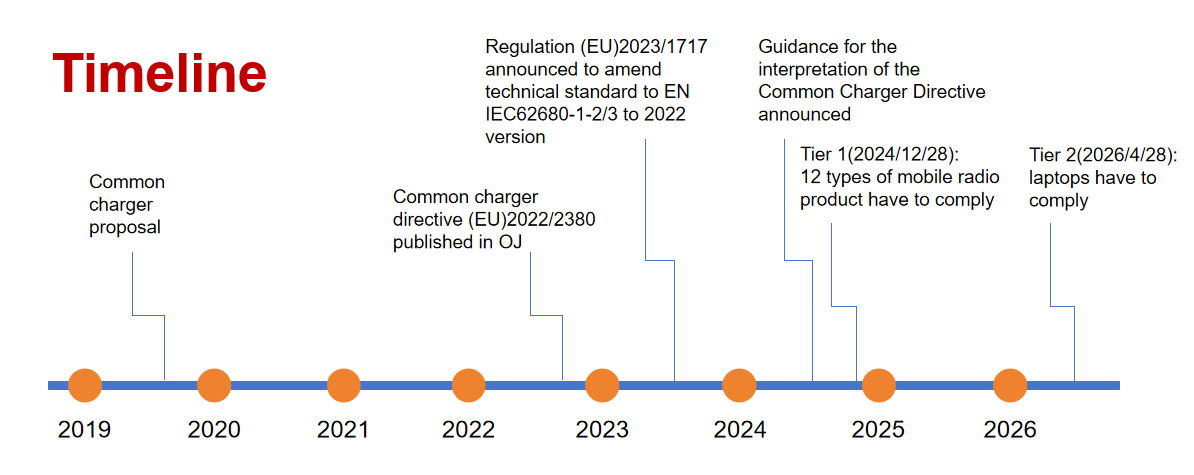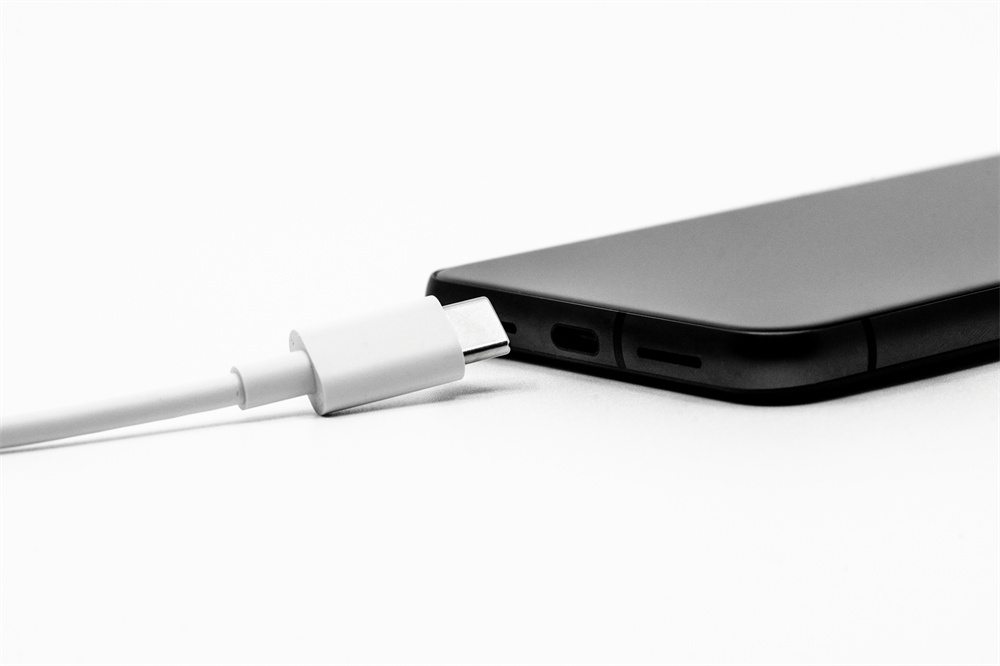The European Union's Common Charger Directive represents a significant milestone in the ongoing effort to reduce electronic waste and enhance consumer convenience. As the world increasingly relies on electronic devices, the chaos of multiple chargers has become a prominent issue, leading to consumer frustration and environmental concerns. A unified charging interface can increase consumers' convenience while helping promote the EU's green transformation.
Background
The journey towards a common charging standard in the EU has been long and arduous. Over the past decade, the proliferation of electronic devices has led to a corresponding increase in electronic waste. Consumers often find themselves with an array of incompatible chargers cluttering their homes. Recognizing the environmental and consumer challenges, the EU has taken decisive action.
The EU Common Charger Directive aims to address these issues by mandating a universal charging solution. This directive is not only a response to consumer frustration but also a critical step towards reducing the environmental footprint of electronic devices.

Directive Details
At the heart of the directive is the requirement that USB-C as the common charger for a wide range of electronic devices, including smartphones, tablets, cameras, headphones, and more. The directive seeks to eliminate the need for multiple chargers and cables by standardizing chargers, thereby reducing e-waste.
The implementation of the directive is carefully phased. Manufacturers and retailers are given clear timelines to comply with the new regulations. By end of 2024, all relevant devices sold in the EU must be equipped with a USB-C charging port. This transition period allows manufacturers to adapt their products and processes to meet the new standard.

Types of products covered by the regulation:
1. Mobile phones
2. Tablets
3. Digital cameras
4. Over-ear headphones
5. Headphones with microphones
6. Handheld video game consoles
7. Portable speakers
8. E-readers
9. Keyboards
10. Mouse
11. Portable navigation systems
12. In-ear headphones
13. Laptop computers

Benefits of the Directive
The benefits of the EU Common Charger Directive are multifaceted, impacting the environment, consumers, and manufacturers.
Environmental Benefits
One of the primary motivations for the directive is the reduction of electronic waste. The EU estimates that approximately 1,000 tons of annual electronic waste can be avoided by eliminating the need for multiple chargers. Additionally, the directive promotes resource conservation by reducing the demand for raw materials used in charger production.
Consumer Benefits
The directive simplifies the charging experience For consumers. No longer will consumers need to keep track of various chargers for different devices. This enhances convenience and results in cost savings, as consumers will not need multiple chargers for their devices.
Manufacturer Benefits and Challenges
While manufacturers face the initial challenge of adapting to the new standard, the directive also offers benefits. Streamlined production processes can lead to cost savings and efficiency improvements. Furthermore, the focus on standardization may encourage innovation in other areas, such as battery technology or device interoperability.
Challenges and Criticisms
Despite its benefits, the EU Common Charger Directive is not without challenges and criticisms.
Potential Challenges in Implementation
One of the primary challenges lies in the technical adaptation required for certain devices. While most modern devices can accommodate USB-C, some older or specialized products may face hurdles in complying with the directive. Additionally, the compliance costs associated with redesigning products to meet the new standard could pose difficulties for smaller manufacturers.
Criticisms from Industry and Consumers
Critics argue that the directive may stifle innovation by limiting manufacturers' ability to develop proprietary charging technologies. Additionally, some consumers express concerns about the transition period, particularly regarding the compatibility of their existing devices with the new standard.
Global Implications
The EU Common Charger Directive sets a precedent for global standardization efforts. As a major market, the EU's regulations often influence international standards and practices. Other regions may look to the EU as a model for implementing similar directives, potentially leading to a global shift towards universal charging solutions.
The directive also impacts international trade and technology markets, as manufacturers worldwide must adapt their products to comply with EU regulations to access this lucrative market.
The Rise of USB-C Hubs: Innovation in the Age of the EU Common Charger Directive
As the EU Common Charger Directive approaches, mandating a universal USB-C charging standard by 2024, the market for USB-C hubs is poised for significant growth. These versatile devices are set to become essential tools for consumers seeking to optimize their connectivity and charging needs in a world increasingly dominated by USB-C technology.
EU's Green Leap
The EU's decision to enforce a universal USB-C charging standard is pivotal to reducing electronic waste and simplifying the user experience. This regulation impacts the design of electronic devices but also drives demand for innovative peripherals like USB-C hubs. These hubs are expected to gain popularity as they enhance the functionality of devices equipped with USB-C ports.
Innovation Meets Performance - VCOM CUE11S USB-C Hub
The latest USB-C hubs embody innovation and performance, offering a range of features that cater to modern connectivity demands:
SPEED: With four 10Gbps USB-C ports, VCOM hubs enable lightning-fast data transfer, making them ideal for users who need efficient file management and quick access to external storage devices.
POWER: A 100W Power Delivery (PD) USB-C port ensures super-fast charging capabilities, allowing users to power up their devices swiftly. This feature is beneficial for professionals who require reliable charging solutions for their laptops and other high-power devices.
REACH: Equipped with a 60cm cable, the hub offer extended reach, surpassing the standard 15cm cables. This added length provides flexibility and convenience, especially in setups where ports are not easily accessible.
SLIM DESIGN: Despite their powerful capabilities, CUE11S maintain a compact form factor, measuring just 88mm x 28mm x 10mm. This sleek design ensures portability, making it easy for users to carry them alongside their devices.
(Click to buy on amazon)
If you want to become VCOM' Global Distributors, please contact: vcom98@vcom.hk.
Tag:





